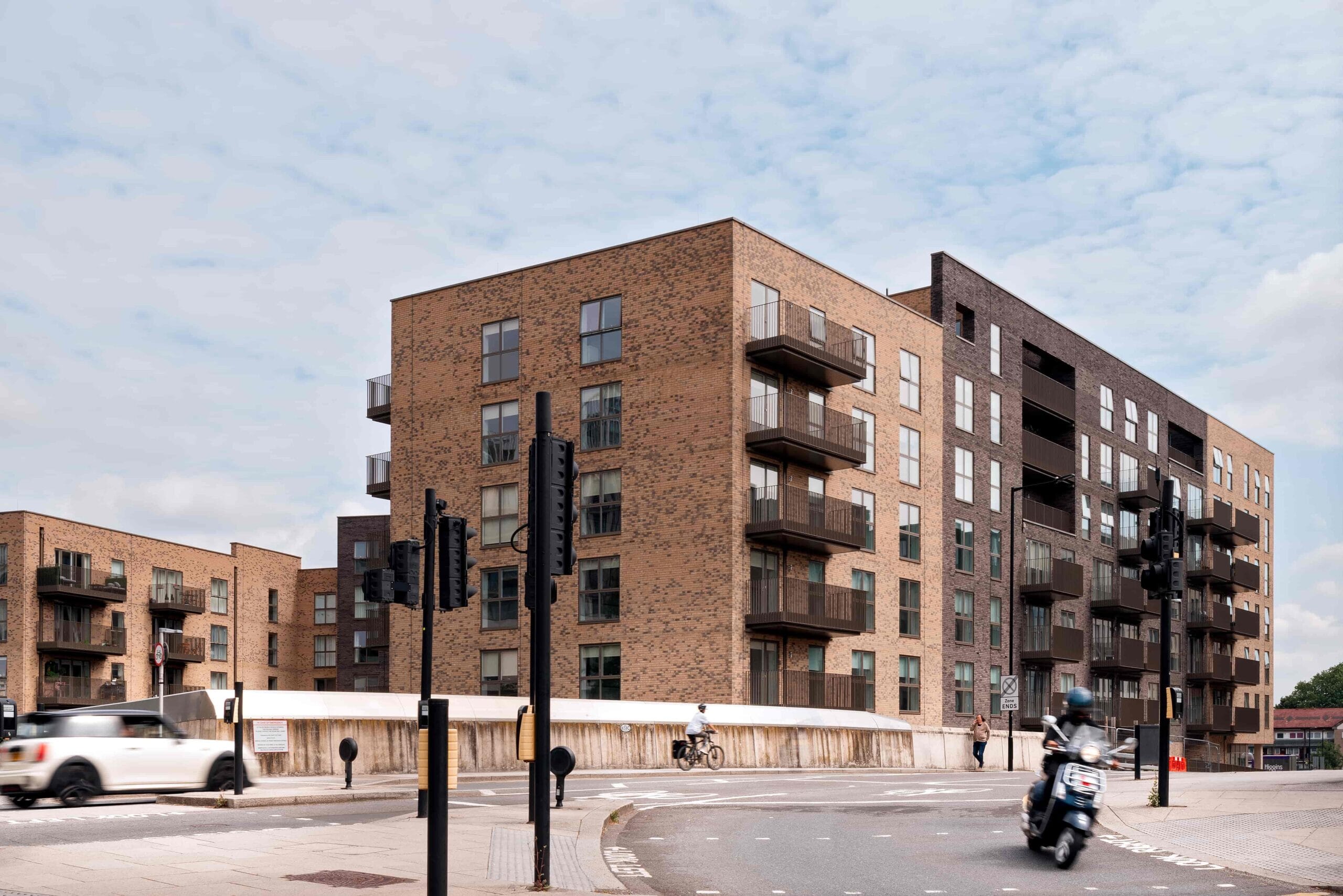ENERGY STRATEGIES
Set higher environmental standards with an Energy Strategy
Develop buildable, cost-effective and compliant energy strategy to achieve a reduction in carbon emissions


More and more local authorities are encouraging new developments to go beyond the requirements of Building Regulations with a comprehensive Energy Strategy.
Developers must demonstrate how projects will be energy efficient through a mix of fabric improvements and insulation performance, renewable energy technologies, and low or zero carbon heating systems or networks.
Where requested by the local planning authority (LPA), Energy Strategies must be submitted as part of a planning application. Measures are then, typically, conditioned as part of approval, requiring cost-effective, flexible and buildable solutions.
Our planning and building performance specialists support design teams to develop an Energy Strategy that complies with local planning policy or fulfils client requirements around ESG commitments.
Benefits of an Energy Strategy
While developing an Energy Strategy is predominantly completed to fulfil local planning policy, early investment in energy statement planning delivers a range of wider benefits for developers and end-clients:
- Environmental & Financial – Ensuring coordinated approaches across all disciplines and cost-effective solutions for lowering carbon emissions.
- Reputational – Demonstrating broader values or ESG commitments to both the LPA and local stakeholders.
- Build quality – Developing high quality buildings that are easy to maintain and cost-effective to run, by considering building usability and user comfort from an occupant’s perspective.


Do I need to produce an Energy Strategy?
- An Energy Statement, or Energy Strategy, is required for all new developments and, in some instances, conversions or renovations, across the London boroughs – see our London Plan Energy Statements page for more detail.
- Increasingly, local planning authorities (LPAs) outside of London are requiring an Energy Strategy to support a planning application too – for both new developments and conversions or renovations.
- Where required from the LPA, the Energy Strategy must be submitted as part of a planning application, outlining how a development will address local planning policy requirements.
- An Energy Strategy must also address the standards set in Building Regulations part L (Approved Document L 2021), to deliver a reduction in CO2 emissions.


Develop a compliant, cost-effective Energy Strategy.
Chat to our team for guidance and support.
Our approach for every Energy Strategy
Irrespective of location, we develop Energy Strategies according to the stringent requirements of the London Plan policy. Following the Energy Hierarchy, this sets out how developments will:
- Be lean – Using fabric efficiency measures to deliver a 10-15% reduction in carbon emissions over AD-L 2021.
- Be clean – Considering how the development can be future-proofed through connection to an existing district heat network, or creation of its own on-site, low carbon communal network.
- Be green – Including renewable energy technologies for the provision of on-site energy generation.
- Be seen – Outlining how energy consumption and emissions can be monitored and measured post-completion.
Our Energy Strategy service
- Consult – Consulting with the local planning authority (LPA) to understand requirements and expectations. Advising design team on design constraints and identifying early opportunities for value engineering.
- Assess – Completing a feasibility study, considering low and zero carbon (LZC) and renewable energy technologies appropriate for the development. Using energy and carbon modelling, to explore technical and cost viability of solutions. Completing sample modelling of SAP calculations or SBEM calculation for proposed strategy. Addressing technical challenges around acoustics, air quality and overheating.
- Present – Presenting an outline strategy to the LPA, where required, to seek initial feedback and ensure compliance.
- Report – Producing a full Energy Statement to form part of the planning application.
- Review – Continuing support through Design & Construction stage, producing compliance reports to evidence energy efficiency commitments and discharge planning conditions, where required.


